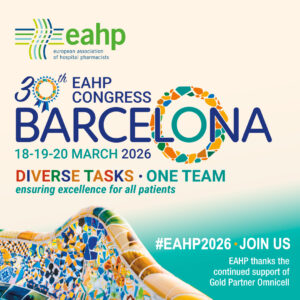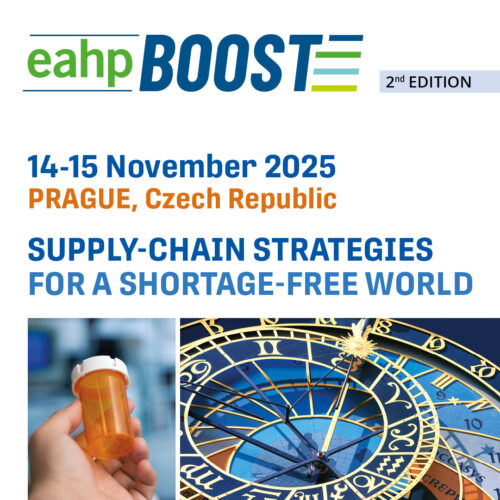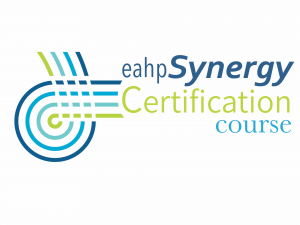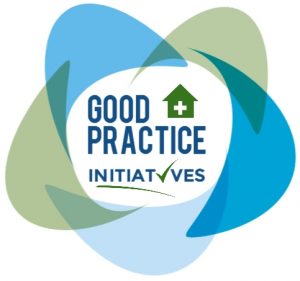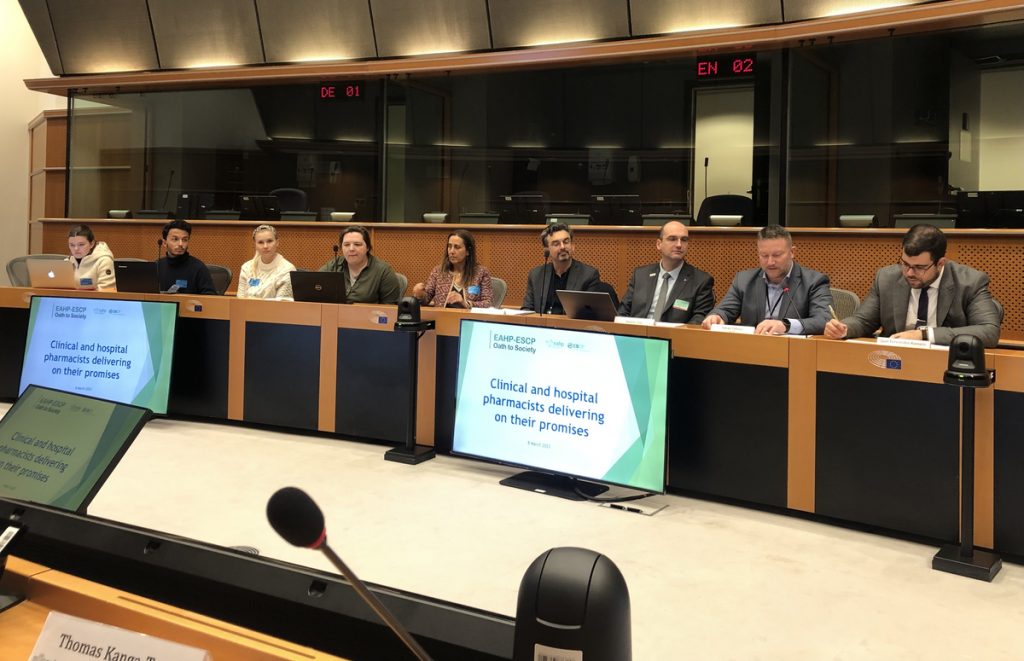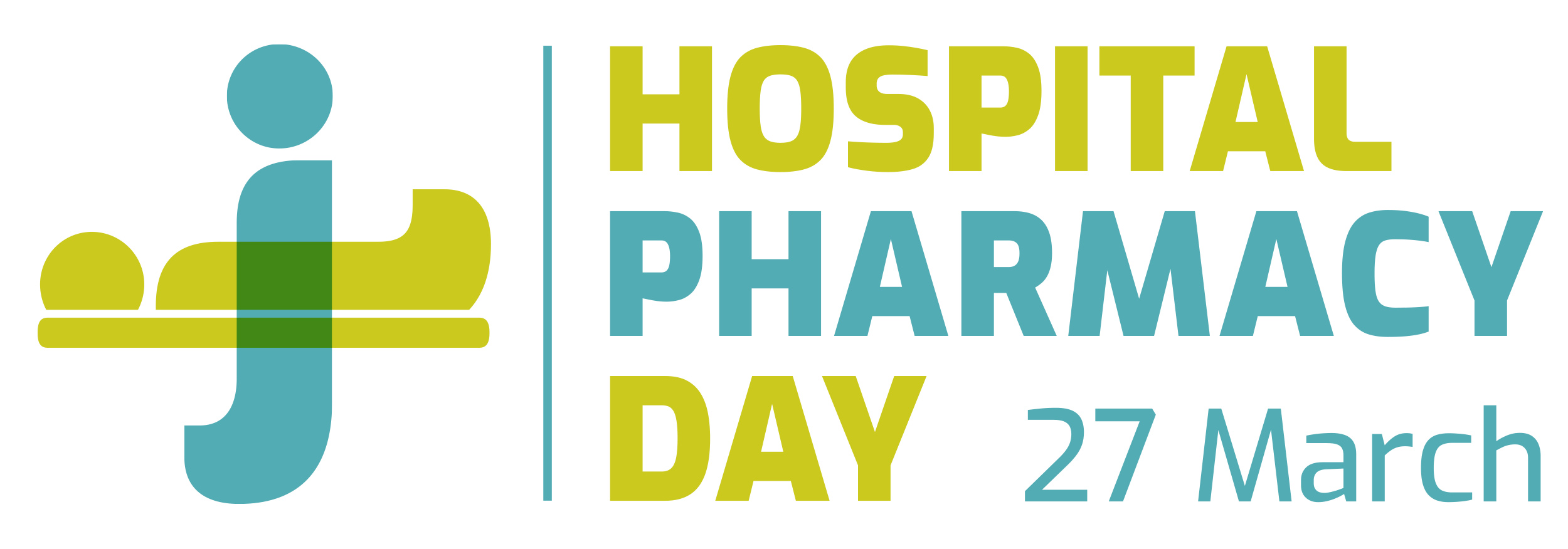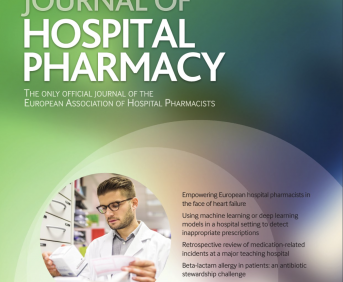Improving difficult-to-manage medication usage: a pharmacist led education programme for hepatitis delta virus (HDV) patients
Pdf

European Statement
Clinical Pharmacy Services
Author(s)
Sabrina Trivellato, Daniele Mengato, Francesca Venturini
Why was it done?
Bulevirtide, available in Italy since June 2023, is the sole approved drug for treating long-term HDV. It represents a precious clinical opportunity but its technical features make it a complex therapeutic regimen to handle. It is commercially available as a powder for injection that needs daily reconstitution before subcutaneous use, has strict storage requirements (+2/+8°C), and requires familiarity with needles and syringes. As home therapy, this is the responsibility of the patient, who will therefore need to be enrolled in a PEP to ensure compliance.
What was done?
A Patient Education Programme (PEP) was implemented to support patients diagnosed with hepatitis delta virus (HDV) being compliant to a complex therapeutic chronic regimen.
How was it done?
In July 2023, a specific pharmacist-led PEP (named “EXPLAIN”) was defined. It consists of two phases: education & training; follow-up & assistance. After clinical examination, patients were received by pharmacists and introduced to the therapy thanks to a simulation kit. Posology, storage conditions and special warnings were described and the drug together with the administration kit was delivered. During the follow-up phase the pharmacist was focused on proofing medication adherence, discussing with the patient about any problems or ADRs and drug refilling. Quality of Life (QoL, measured through EuroQoL5) was adopted as an effectiveness outcome. Evaluation feedback on the service was requested as well.
What has been achieved?
Up to September 2023, 15 patients, with a mean QoL starting score of 72,5/100±15, are assisted by the EXPLAIN program. 12 of them already accessed the follow-up phase. A single episode of medium gravity ADR was reported, but it did not affect therapy continuation. Globally, an excellent reported medication adherence (98.5% of doses taken) was registered and the educational support of the pharmacist was considered to be “essential on positively approaching the medication”.
What next?
QoL, adherence and feedback on the received service have to be proofed after 6, 9 and 12 months as well, together with a regular viral load detection to confirm referred compliance. Although the EXPLAIN program has just started, it represents a promising PEP model to be adopted in the case of complex therapies, where continuity is crucial to ensure effectiveness and safety.
DRUG-DELIVERY-SYSTEMS FOR OPAT SELF-ADMINISTRATION: A GRAPHIC GUIDE
Pdf

European Statement
Clinical Pharmacy Services
Author(s)
Tania Truelshoej
Why was it done?
Department of infectious diseases at Aarhus Universitetshospital, Denmark, has succesfully implemented OPAT as a standard modality for certain patients requiring long-term intravenous antibiotic therapy e.g. patients with cystic fibrosis. This also include a guideline to OPAT self-administration at home.
To implement the OPAT guidelines throughout the hospital there was a need for an overview of available ready-to-use antibiotics for OPAT. The graphic guide is a help for the physicians in choosing the right drug-delivery-system suitable for OPAT self-administration.
What was done?
A graphic guide showing the ready-to-use antibiotics for outpatient parenteral antimicrobial therapy (OPAT) with special emphasis on drug-delivery-systems suitable for self-administration was developed.
How was it done?
Most information about the available ready-to-use antibiotics were obtained at the hospital pharmacy. In addition, the requirements for the different drug-delivery-system were obtained by interviewing nurses from different wards
What has been achieved?
Available ready-to-use antibiotics was listed in a graphic form with the following information: type of antibiotics, drug-delivery-system, available doses recommendations to time of administration and storage time and temperature. The drug-delivery-system were all illustrated with a photo.
The graphic guide is now part of the implemented guideline for OPAT at the hospital and is also available as a printed poster to place e.g. in the medicine room.
The guide is a help for the physicians in choosing the right drug-delivery-system suitable for OPAT self-administration and helps to raise overall awareness of the possibility of OPAT as self-administration at the hospital.
What next?
Implementation of the OPAT guideline and the included graphic guide has increased awareness of the need for the hospital pharmacy to deliver ready-to-use antibiotics that can match the needs for safe and efficient treatment at home. This is an important strategic focus for the hospital pharmacy in the coming years.





